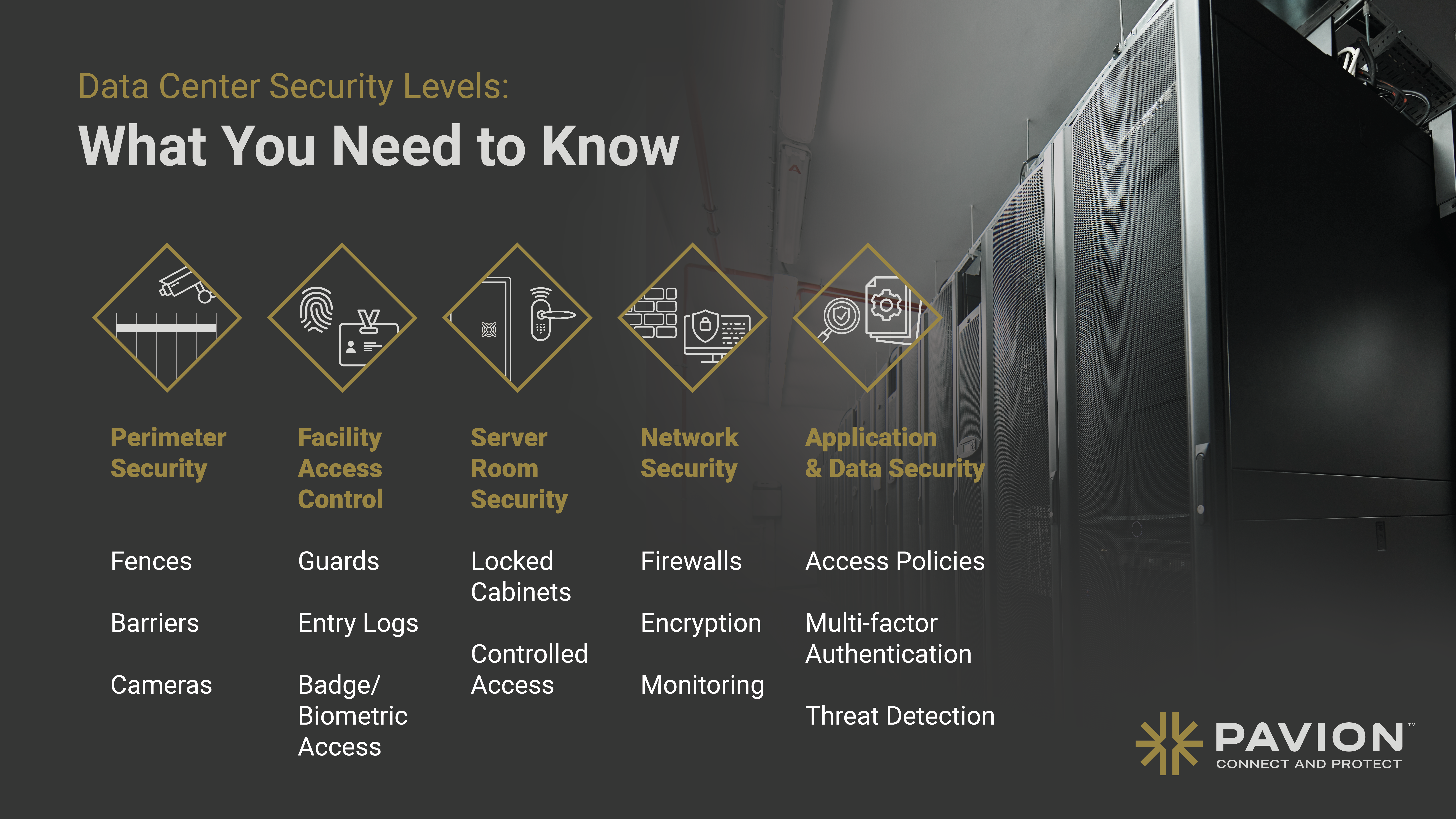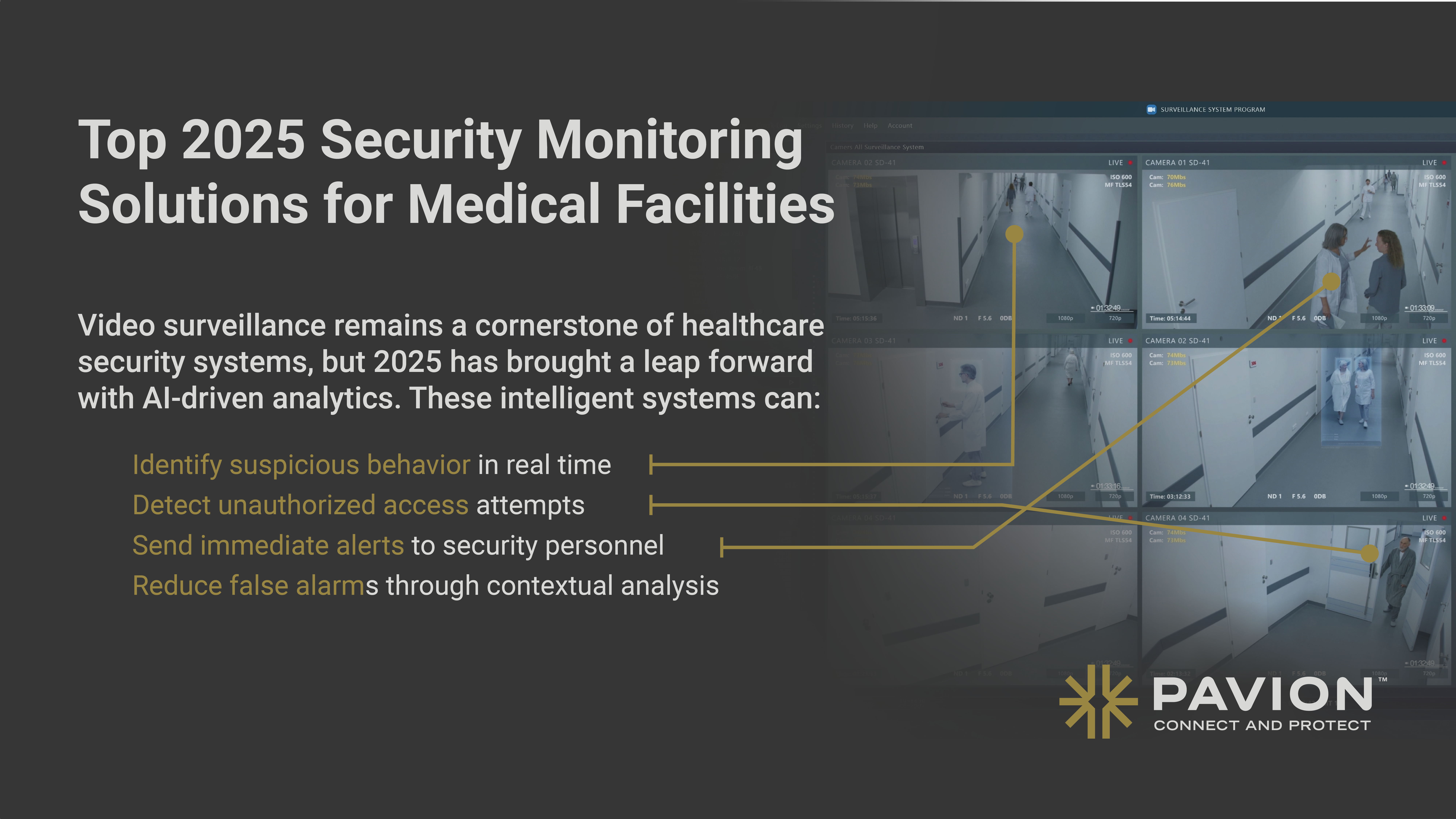
Installing BDAs in High-Rise Buildings: Key Considerations
The installation of Bi-Directional Amplifiers (BDAs) in high-rise buildings is a critical aspect of ensuring reliable communication during emergencies. As a company specializing in this field, Pavion understands the importance of proper BDA installation and the key considerations that must be taken into account. This article will delve into the various aspects of BDA installation, from understanding the need for BDAs to the code requirements and installation process.
Understanding the Need for BDAs
BDAs, or Bi-Directional Amplifiers, are devices that boost and distribute wireless signals within a building. In high-rise buildings, these devices are essential for ensuring that emergency services can communicate effectively in all areas of the building, even in the event of a power outage or other emergency situations.
Without a BDA, the radio signals used by emergency services can be weakened or blocked by the building’s structure, leading to potentially dangerous communication gaps. By amplifying and distributing these signals, a BDA ensures that emergency services can communicate effectively regardless of their location within the building.
The Role of BDAs in Fire Safety
One of the key applications of BDAs is in fire safety. In the event of a fire, it is crucial that firefighters can communicate with each other and with their command center. BDAs ensure that their radio signals can penetrate all areas of the building, including stairwells, basements, and other areas where signal strength may be weak.
BDAs are also required by code to be integrated with fire control panels. These panels are typically the central hub for fire alarm, smoke control, security, and mass notification systems, providing a comprehensive solution for fire and life safety coverage in high-rise buildings.
Code Requirements for BDA Installation
Given the critical role that BDAs play in emergency communication, their installation is subject to various code requirements. These requirements vary by location, but generally include specifications for signal strength, coverage area, and system redundancy.
For example, the International Fire Code (IFC) requires that emergency responder radio coverage be maintained throughout the building. This includes all critical areas such as exit stairways, elevator lobbies, and fire pump rooms. The code also requires that the BDA system be able to operate on backup power for a minimum of 12 hours.
Compliance with Local Codes
It is important to note that local codes may have additional requirements for BDA installation. These can include specific requirements for system design, installation, and maintenance. It is therefore crucial to consult with a local authority or a specialist company like Pavion to ensure compliance with all applicable codes.
Failure to comply with these codes can result in fines, legal action, and potentially dangerous gaps in emergency communication. Therefore, it is essential to take these requirements seriously and to ensure that your BDA system is installed and maintained correctly.
The BDA Installation Process
The installation of a BDA system is a complex process that requires careful planning and execution. The first step is to conduct a radio signal survey to identify areas of weak signal strength within the building. This survey will help to determine the optimal locations for the BDA and its associated antennas.
Once the survey is complete, the BDA system can be designed. This includes selecting the appropriate BDA and antennas, determining their locations, and planning the cable routes. The system must be designed to provide adequate signal strength in all areas of the building, as well as to meet all code requirements.
Installation and Testing
After the system is designed, the BDA and antennas can be installed. This involves mounting the equipment, running the cables, and commissioning the system. Once the system is installed, it must be tested to ensure that it provides adequate signal strength and coverage.
Testing is a critical part of the installation process, as it ensures that the BDA system is working correctly and meeting all code requirements. This includes testing the system under normal conditions, as well as under potential emergency scenarios such as a power outage.
Maintenance and Upgrades
Once a BDA system is installed, it is important to maintain it properly to ensure its continued effectiveness. This includes regular testing and any necessary repairs or upgrades.

Over time, the building’s structure or use may change, which can affect the performance of the BDA system. Regular maintenance and upgrades can help to ensure that the system continues to provide reliable communication in all areas of the building, even as conditions change.
Working with a Specialist
Given the complexity and importance of BDA installation, it is often beneficial to work with a specialist company like Pavion. We have the expertise and experience to ensure that your BDA system is installed correctly, complies with all local code requirements, and provides reliable communication in all areas of your high-rise building.
From initial planning and design to installation, testing, and maintenance, Pavion can provide a comprehensive solution for your BDA needs. Contact us today to learn more about our BDA installation services.


